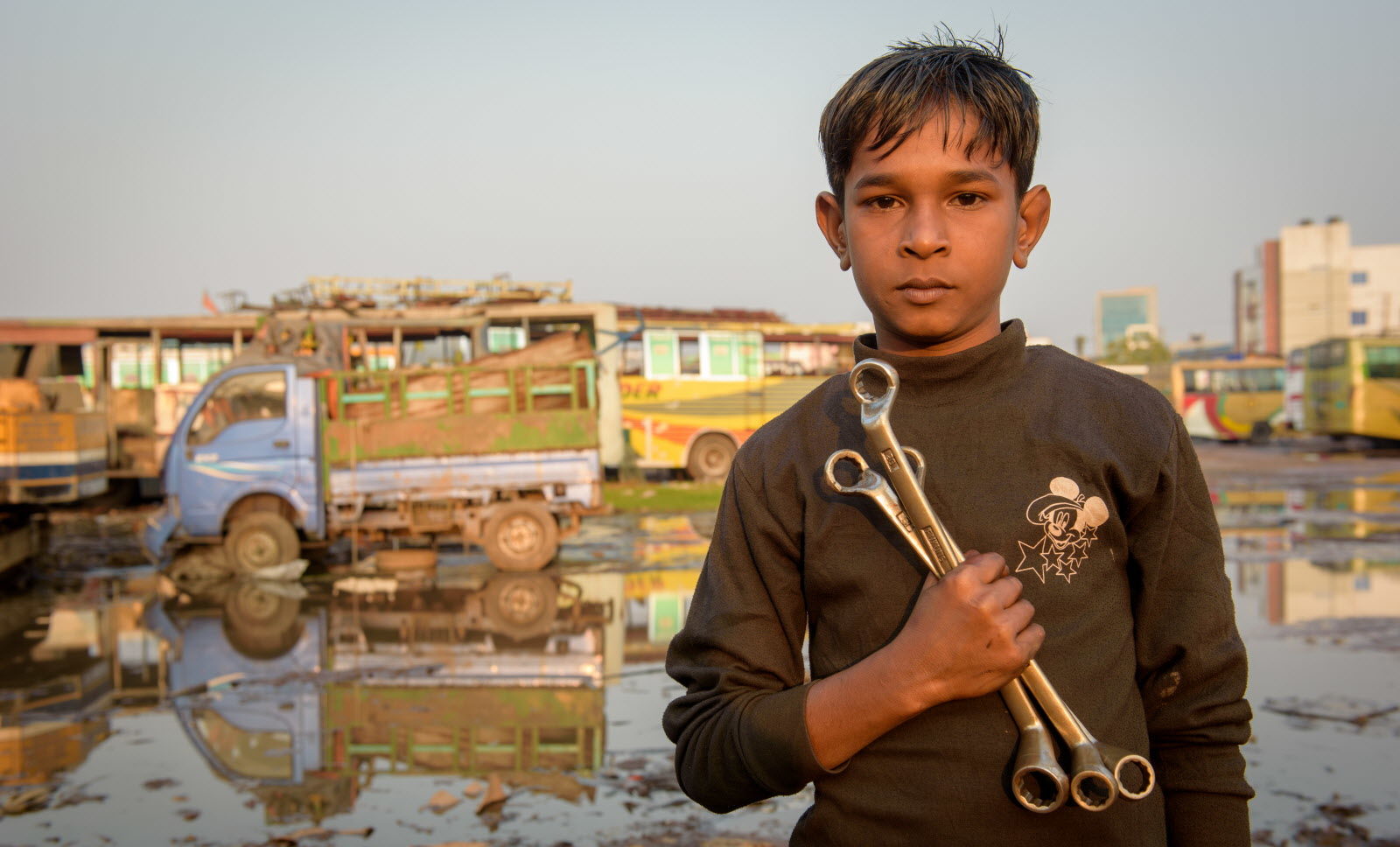Child labor is defined as work that deprives children of their childhood, their potential and their dignity, and that is harmful to physical and mental development, according to the International Labour Organization. Let’s break this topic down — in photos.

June 12 is the United Nations-sanctioned World Day Against Child Labor, a time to remember the young workers who have been robbed of their childhood, education, and the future they deserve.

But child laborers deserve to be remembered every day of the year.

As many as 152 million children worldwide are engaged in child labor, which interferes with their education and limits their ability to reach their potential as adults.

Nearly half of them, 73 million children, work under hazardous conditions.

Most child laborers, almost 108 million, work in agriculture.

About 4.3 million children are in forced labor, including child soldiers and children exploited in the commercial sex trade.

Child labor is concentrated in the world’s poorest countries, where about 25% of children are engaged in exploitative work.

Child labor is also common in fragile contexts where there is insecurity or armed conflict.

Sub-Saharan Africa has more child laborers than any other region.

More than 3.4 million children in Bangladesh are engaged in child labor.


But sadly, child labor keeps children from getting the education they need to break free from the cycle of poverty.

World Vision places children at the center of all our holistic development work to sustainably transform communities.

We empower children to know their rights and work toward their own well-being.

We work with their parents and communities to see that children are protected and that their futures are not stolen by labor exploitation.

We also work with governments to encourage support for national child labor laws and their enforcement.


